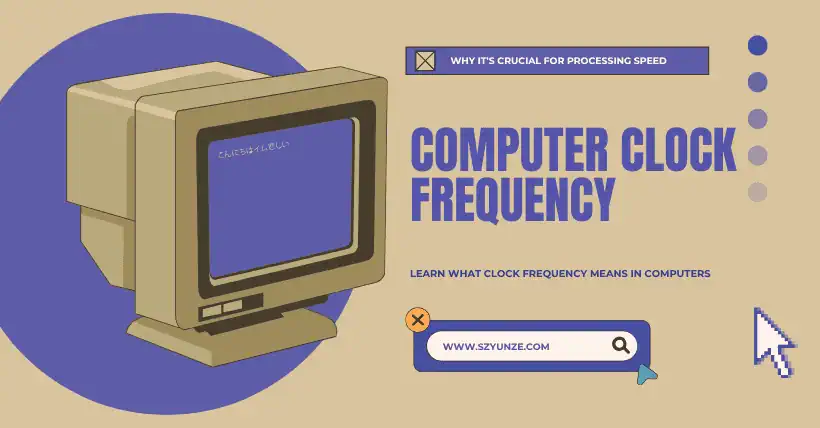To put it simply, the clock is the thing that coordinates the collaboration of all components in the circuit. We can imagine the entire circuit as a very basic assembly line, like this:
- The first machine is responsible for placing a can on the conveyor belt.
- The second machine is responsible for filling the can with a beverage.
- The third machine is responsible for sealing the can.
These three machines are placed side by side along the conveyor belt at equal intervals. We also place two operation buttons next to the assembly line:
- The first button makes all the machines start working.
- The second button makes all the machines stop working and moves the conveyor belt to send the can to the next process.
So, to make the whole assembly line work, we need to alternately press these two buttons.
When the first button is pressed, an empty can A is placed on the conveyor belt.
When the second button is pressed, the empty can A reaches the filling process.
Press the first button again, and an empty can B is placed on the conveyor belt while empty can A is filled with the beverage.
…
You can imagine the process of constantly pressing these two buttons to control the assembly line.
When you can fully imagine how the assembly line works, it’s simple: the clock is responsible for alternately pressing these two buttons, and the speed at which these buttons are alternately pressed is the clock frequency.
To elaborate on this assembly line, let’s assume that the first process, placing the can, takes only one second, while the second process, filling the can with the beverage, takes ten seconds. It seems like we would need to press the first button for at least ten seconds before pressing the second button to ensure the second process is completed.
But in reality, we won’t do that because it would significantly reduce efficiency. Instead, we place ten filling machines next to the conveyor belt, each responsible for filling one-tenth of the beverage. This way, we only need to press the button for one second, and although one second is not enough to fill the whole can, the beverage will be filled in ten cycles to ensure the can is full.
This is the technology of ultra-long assembly lines.
Related:
- WPS on Routers: What It Is and How It Works Explained
- Understanding TOPS: AI Performance Measurement Unit
- Stock Up Now! 2025 DDR and SSD Prices Increase in March
- iPhone Prices Surge by $270 with 2025 US Tariff Policy

Disclaimer:
- This channel does not make any representations or warranties regarding the availability, accuracy, timeliness, effectiveness, or completeness of any information posted. It hereby disclaims any liability or consequences arising from the use of the information.
- This channel is non-commercial and non-profit. The re-posted content does not signify endorsement of its views or responsibility for its authenticity. It does not intend to constitute any other guidance. This channel is not liable for any inaccuracies or errors in the re-posted or published information, directly or indirectly.
- Some data, materials, text, images, etc., used in this channel are sourced from the internet, and all reposts are duly credited to their sources. If you discover any work that infringes on your intellectual property rights or personal legal interests, please contact us, and we will promptly modify or remove it.



